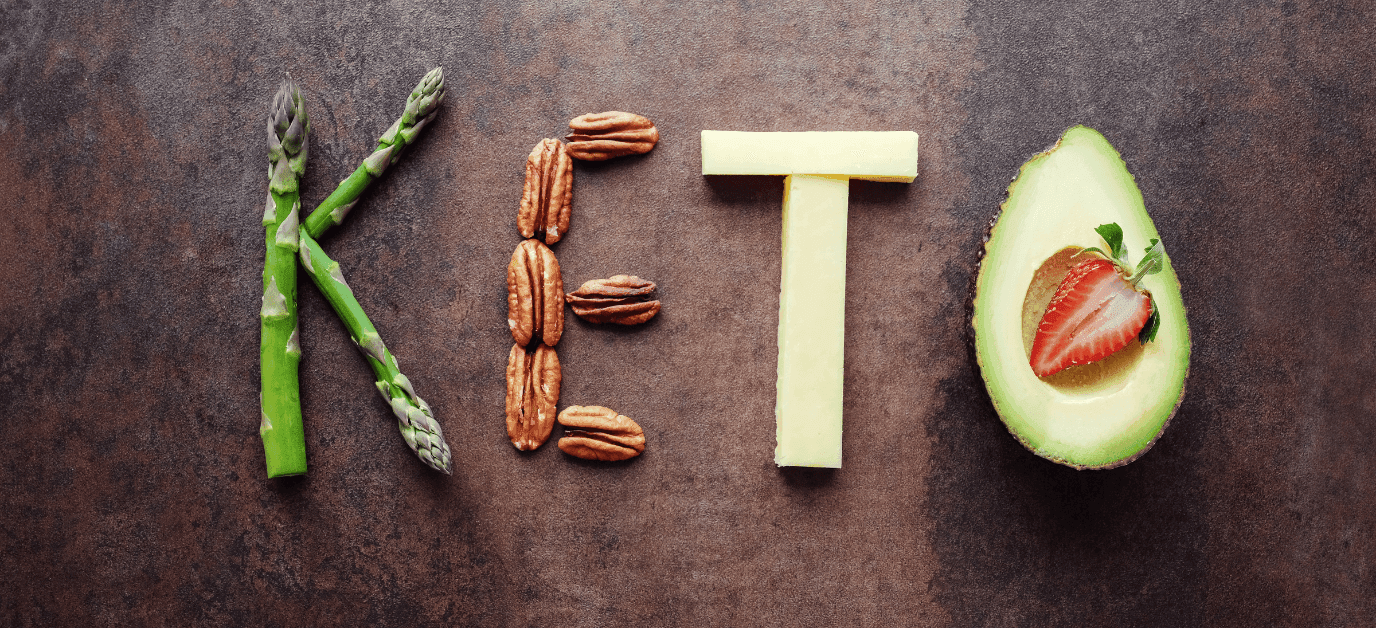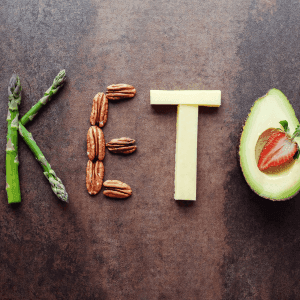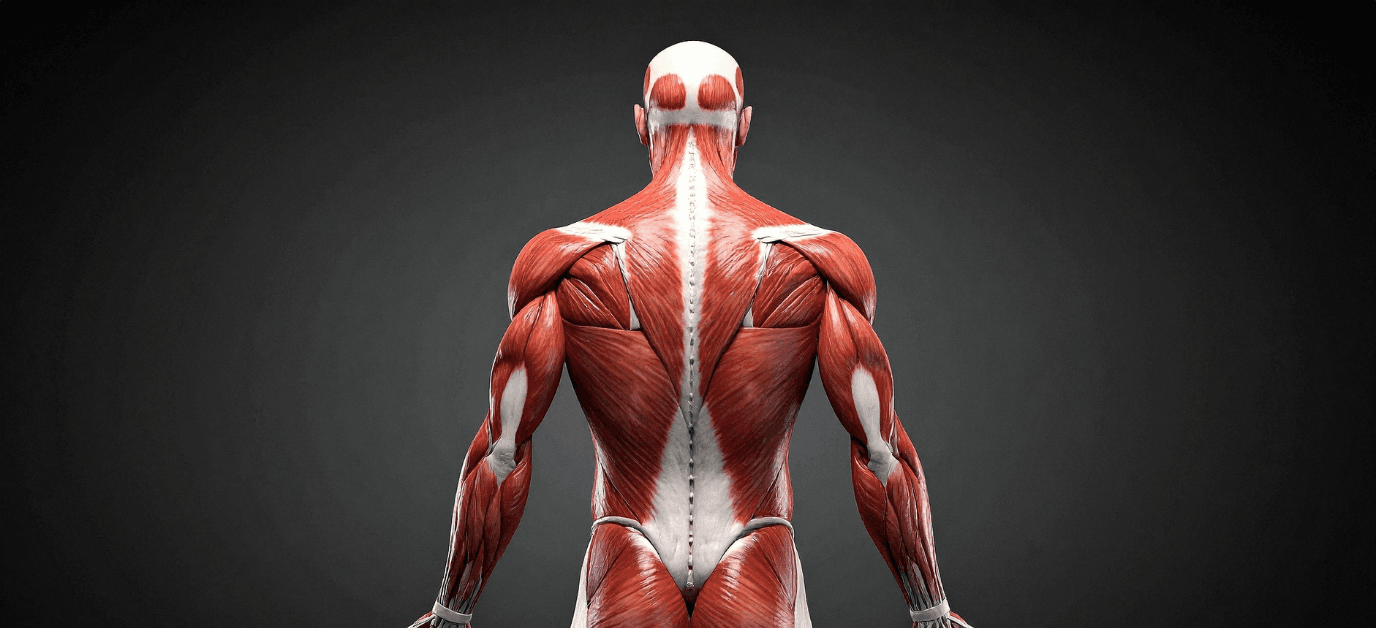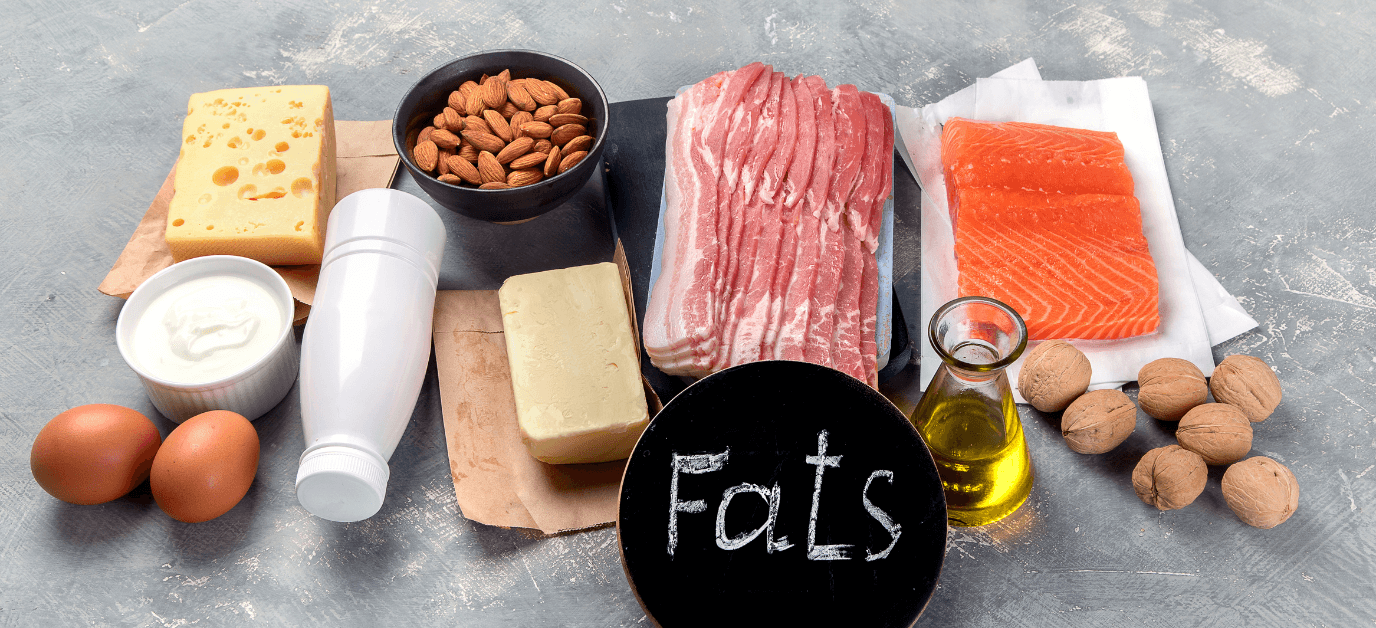

Fat as Fuel – How Does the Body Work on a Keto Diet?
30.10.2025Table of contents
Recommended products
Can You Function Without Carbohydrates?
Not only is it possible — some say that’s when the real ride begins! The ketogenic diet isn’t just a passing trend; it’s a full-fledged nutritional strategy where fat becomes the main source of fuel. But how does the body switch from burning glucose to using ketone bodies? And what does that mean for our energy, performance, and overall well-being?
How Does the Body’s Traditional “Fuel System” Work?
Before your body learns to draw energy from fat, it usually functions like a classic furnace fueled by glucose. You eat a slice of bread, a banana, or some pasta — carbohydrates are quickly broken down into glucose and enter the bloodstream. In response, the pancreas releases insulin, which “opens the door” for cells to use that glucose for energy or store it for later use [1].
In a typical diet, glucose is the number-one energy source — easy to access, quick to burn, but also quick to run out. When you stop “refueling” with carbs — like overnight or between meals — your body taps into its glycogen reserves in the liver and muscles. The problem is, these reserves last only a few hours of intense activity. So what happens when your glucose tank starts to run empty?
That’s exactly where the story of the ketogenic diet begins — an alternative power system quietly waiting on standby.

What Happens When Glucose Runs Out?
If you’re not tired of metaphors yet, imagine your body as a hybrid engine — capable of running both on “gasoline” (glucose) and on “electric power” (ketone bodies). In a typical carb-heavy diet, the second option almost never kicks in. Only when carbohydrate intake drops dramatically does the body start looking for another energy source — and that’s when fat takes the stage.
When glycogen stores are depleted, the body begins breaking down stored fat. In the liver, a fascinating process unfolds: fats are converted into ketone bodies, which can fuel both muscles and the brain. This state is called ketosis, and contrary to popular myths, it’s not dangerous — it’s a natural survival mechanism designed by evolution to help us through times of food scarcity [2].
Ketosis is the main goal of the ketogenic diet — a switch from a fast but short-lived fuel source to a steady, long-distance energy system. While the transition can be challenging at first, the body soon adapts remarkably well. The results? Often surprisingly positive — not only for your waistline but for your mind as well.
Ketone Bodies – The New Fuel for Your Brain and Muscles
In a ketogenic state, glucose steps aside and ketone bodies take the lead. Although they might sound like something out of a biology textbook, they’re simply natural byproducts of fat metabolism in the liver. When ketosis kicks in, the body produces three main types of ketones:
Acetoacetic acid
Beta-hydroxybutyrate (BHB)
A small amount of acetone [3]
Here’s the most interesting part: the brain, which was long thought to depend exclusively on glucose, can actually thrive on ketones. Many people report improved focus and steadier mental energy, which may result from this metabolic adaptation. The muscles can also efficiently use ketones, especially during moderate physical activity.

It’s like your body has learned to save fuel and discovered that it can switch smoothly to a more efficient “eco mode.” People following the keto diet often report fewer energy crashes, reduced hunger, and a more stable appetite [4].
Switching to Fat Metabolism – What You Should Know
Transitioning to fat as your primary energy source is a major change for the body, and it takes time to adjust. During the first few days of keto, many people experience lower energy levels, fatigue, or “keto flu.” This is a normal response to the sudden drop in glucose and the start of ketone production.
At this stage, hydration and electrolytes are crucial — sodium, potassium, and magnesium are your best allies. Adaptation typically takes anywhere from a few days to two weeks. Once your metabolism “flips the switch,” energy levels rebound, focus improves, and hunger becomes less intense.
The Benefits of Using Fat as Fuel
Once your body masters fat metabolism, something remarkable happens energy becomes steady and consistent, rather than fluctuating like a rollercoaster. With fewer blood sugar crashes, you experience less hunger, sharper focus, and greater endurance during long activities. No wonder keto has gained popularity among ultra-endurance athletes and mentally demanding professionals.
For many, the ketogenic diet is part of a broader strategy for weight management, but it’s not suitable for everyone and should ideally be adopted under professional supervision. Individuals with diabetes, insulin resistance, or metabolic disorders should always consult their doctor before trying a ketogenic diet.

Sources:
- Hall, J. E., & Guyton, A. C. (2020). Guyton and Hall Textbook of Medical Physiology (14th ed.). Philadelphia, PA: Elsevier.
- Feinman, R. D., Pogozelski, W. K., Astrup, A., Bernstein, R. K., Fine, E. J., Westman, E. C., ... & Accurso, A. (2015). Dietary carbohydrate restriction as the first approach in diabetes management: Critical review and evidence base. Nutrition, 31(1), 1–13. https://doi.org/10.1016/j.nut.2014.06.011
- Nelson, D. L., Cox, M. M. (2017). Lehninger Principles of Biochemistry (7th ed.). New York, NY: W. H. Freeman and Company.
- Paoli A, Rubini A, Volek JS, Grimaldi KA. Beyond weight loss: a review of the therapeutic uses of very-low-carbohydrate (ketogenic) diets. Eur J Clin Nutr. 2013 Aug;67(8):789-96. doi: 10.1038/ejcn.2013.116. Epub 2013 Jun 26. Erratum in: Eur J Clin Nutr. 2014 May;68(5):641. PMID: 23801097; PMCID: PMC3826507.


